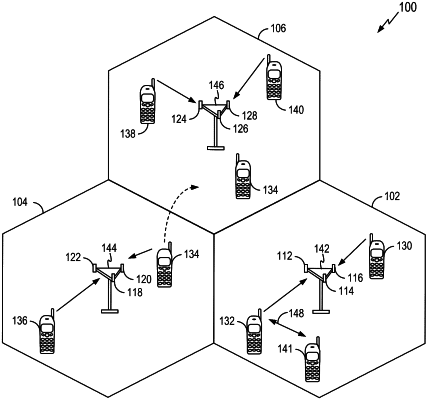| CPC H04W 52/0258 (2013.01) [H04B 7/0413 (2013.01); H04L 1/1812 (2013.01); H04W 52/0216 (2013.01); H04W 52/0229 (2013.01); H04W 72/0446 (2013.01); H04W 72/0473 (2013.01); H04W 76/28 (2018.02); Y02D 30/70 (2020.08)] | 14 Claims |

|
1. A method of wireless communication by a user equipment (UE), comprising:
using a multiple-input multiple-output (MIMO) antenna mode in a first power mode of the UE for wireless communications;
switching the UE to a second power mode having a lower power consumption than the first power mode;
switching from the MIMO antenna mode to a non-MIMO antenna mode in the second power mode; and
using the non-MIMO antenna mode in the second power mode for wireless communications,
wherein the method further comprises:
sending an indication that the UE supports a selection of different ones of a plurality of power modes including the first power mode and the second power mode;
sending an indication that the UE supports different carrier aggregation levels for different ones of the plurality of power modes;
receiving a message after sending the indication that the UE supports different carrier aggregation levels; and
switching from a first carrier aggregation level to a second carrier aggregation level as a result of the receiving of the message, the second carrier aggregation level being different from the first carrier aggregation level.
|